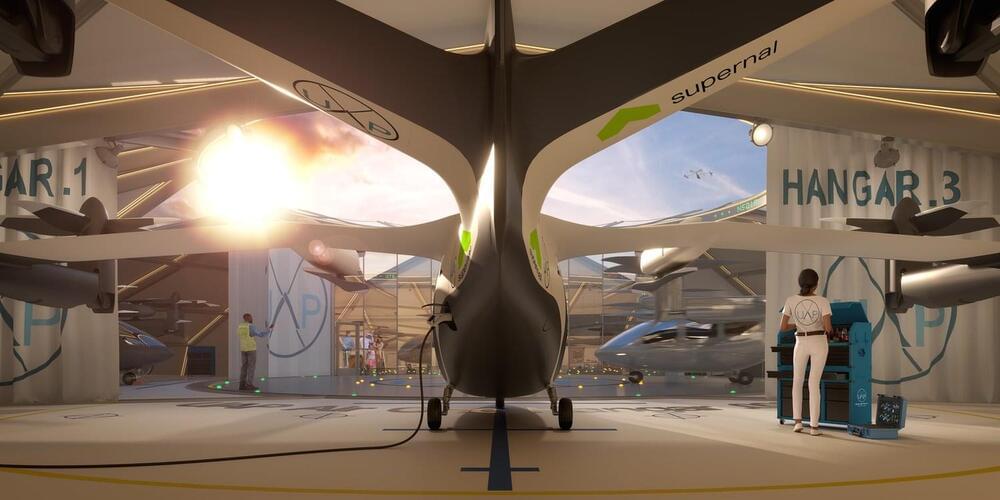What are the next lithography-related issues as device scaling continues to the next process nodes?



Zone of Utopia + Mathieu Forest Architecte : The Xinxiang Cultural Tourism Center is the architectural icon of the new tourism district, which will be dedicated to winter sports, including the presence of the future indoor ski slope.
The entire district, with its exceptional facilities and shops, will attract many visitors from the city and the surrounding regions.
The ambition of the project is to create a strong urban indicator that unites the whole district. The project does not look like a classic building – it is not possible to figure out the number of floors. It is a sculpture out of scale, a pure and monumental volume.
Reimagining the United States power grid could save consumers $50 billion a year Courtesy of Pacific Northwest National Laboratory. By Karyn Hede, PNNL
A novel plan that offers partnership in keeping the United States electric grid stable and reliable could be a win-win for consumers and utility operators.
The largest ever simulation of its kind, modeled on the Texas.
This video explains adenosine triphosphate ATP
Thank You For Watching.
Please Like And Subscribe to Our Channel: https://www.youtube.com/EasyPeasyLearning.
Like Our Facebook Page: https://www.facebook.com/learningeasypeasy/
Join Our Facebook Group: https://www.facebook.com/groups/460057834950033
Support Our Channel: https://www.patreon.com/supereasypeasy

A study showed that 70% of consumers who have visited a virtual store have made a purchase, according to a survey by Obsess.
The survey, dubbed the Metaverse Mindset: Consumer Shopping Insights, measured the interest in brands creating immersive virtual stores on their own web sites and “metaverse” platforms.
Obsess is an experiential ecommerce platform that serves those brands. The study measured consumers’ perceptions of and demand for virtual shopping experiences in the metaverse, a market opportunity that Bloomberg Intelligence estimates will reach nearly $800 billion by 2024.


NIO and Xpeng supplier Guangdong Hongtu Technology (GHT) already produced a 6,800-ton die-casting machine. Now it has announced it will start developing a 12,000-ton casting machine in partnership with Tesla supplier LK Technology.
If you follow Tesla, you likely know that its “Giga Press” technology should work to make manufacturing more streamlined and efficient. Reportedly, Chinese EV makers, such as NIO and Xpeng, may be considering following suit. In fact, while NIO hasn’t made an official announcement related to the future use of a GHT machine, it has posted images of an ET5’s single-piece casting on its website.

Winemakers must pay close attention to their soil, the rain, the heat, and the sunlight. But rodents like gophers and mice can wreak havoc on a vineyard. Rather than turning to rodenticides to deter pests, graduate students at Humboldt State University in California are testing a more natural approach by using owls.
The experiment is part of a long-term research study under the direction of professor Matt Johnson of the university’s Department of Wildlife. The current cohort, including students Laura Echávez, Samantha Chavez, and Jaime Carlino, has placed around 300 owl nest boxes sporadically through vineyards in Napa Valley. They are documenting the impact of relying on owls to deter and remove pests rather than rodenticides.
The researchers have surveyed 75 wineries in Napa Valley, and four-fifths now use the owl nest boxes and notice a difference in rodent control. The barn owls have a four-month nesting season, during which they spend about one-third of their time hunting in the fields. A family of barn owls may eat as many as 1,000 rodents during the nesting season or around 3,400 in a single year.

